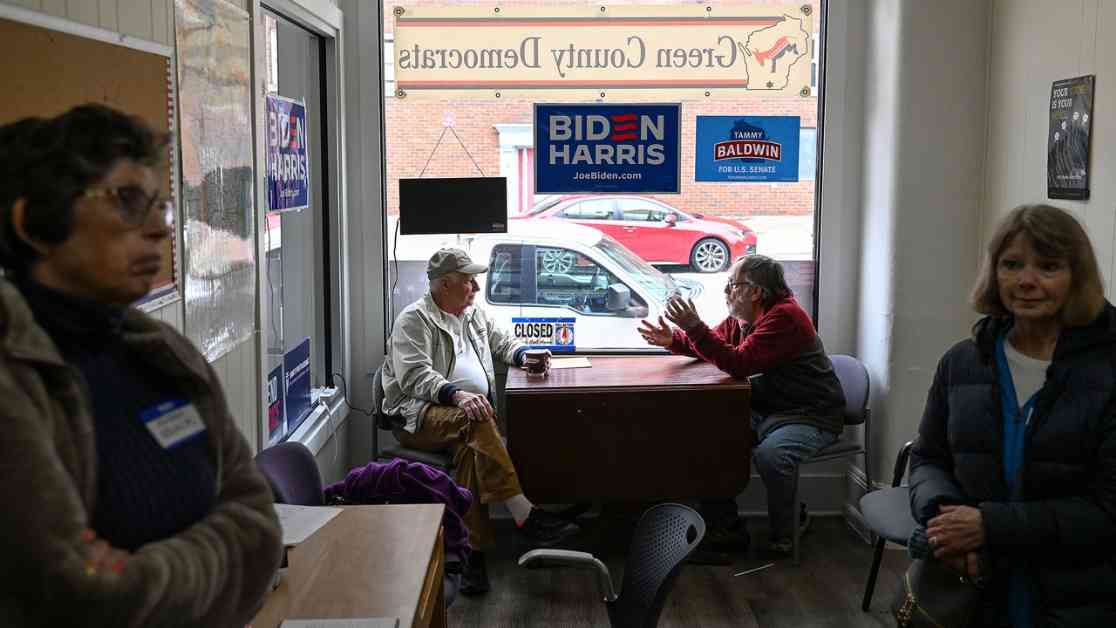Key Changes Needed for Democrats to Succeed in Politics
The Wisconsin state capitol was filled with celebratory vibes on a December morning as Democrats basked in their recent victories. Ten Assembly candidates, including a school administrator, a tavern owner, an accountant, and a county politician, managed to flip Republican seats after the state Supreme Court invalidated a heavily gerrymandered map. The mood was infectious, with Representative Lisa Subeck, the caucus chair, exclaiming, “I am super excited. Who else is super excited?”
Democrats on the Rise
The newly elected Assembly members shared their visions for the future, promising constituents affordable housing, broadband access, clean energy initiatives, and increased funding for public schools. One candidate expressed a desire to demonstrate that government can indeed be a force for good. In addition to the Assembly victories, four Democratic state Senate candidates also secured Republican-held seats, signaling a significant narrowing of margins in the state legislature.
The National Landscape
While the GOP still maintained control at the state level, Senator Tammy Baldwin, a popular Democrat, secured a third term. Despite Kamala Harris’s loss in the Presidential race, the popular vote, and several swing states to Donald Trump, the electoral landscape remains complex. In North Carolina, for example, Harris faced defeat at the hands of Trump, yet Democrats swept the other six statewide races.
Insights from the Frontlines
During the campaign, candidates like Ryan Spaude, who flipped a Republican Assembly seat near Green Bay, emphasized the importance of connecting with voters on a personal level. Spaude’s grassroots approach involved knocking on thousands of doors and addressing specific concerns like middle-class taxes, Medicaid expansion, and minimum wage increases. He highlighted the need to communicate tangible solutions to voters rather than relying on ideological pivots.
Reflecting on the challenges faced by Democrats in rural regions, Rebecca Cooke, who narrowly lost her congressional bid, emphasized the importance of avoiding unrealistic promises and positioning herself as a moderate voice. Cooke’s experience underscores the need for the Democratic Party to bridge the gap between its current image and the broader national sentiment. As Cooke aptly puts it, “There was a lot about joy, but there are a lot of people that aren’t feeling joy in their lives right now.”
Paving the Way Forward
Ben Wikler, the state Party chair, acknowledges the need for Democrats to refine their messaging and engage with voters on a more personal level. Despite the high voter turnout in Wisconsin, there remains a disconnect between the Party’s values and the electorate’s perception. Wikler’s call to action highlights the importance of intensifying efforts to communicate effectively and champion bold economic policies that resonate with voters.
In conclusion, the road ahead for Democrats involves a strategic reevaluation of their messaging, a focus on tangible solutions, and a commitment to engaging with voters at the grassroots level. By addressing these key changes, Democrats can position themselves for success in future political endeavors.












